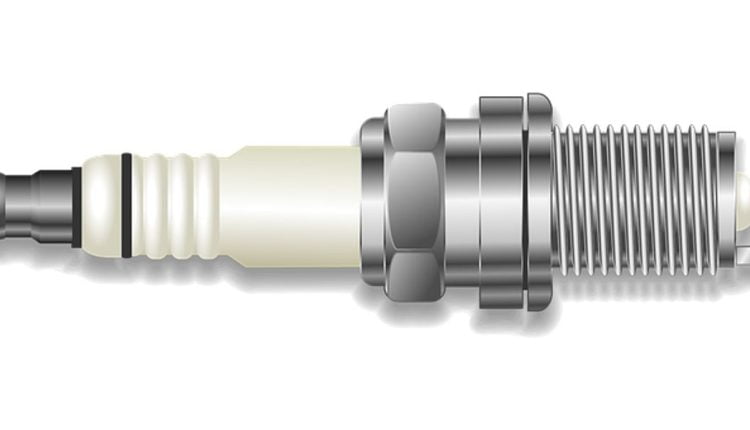One of the most common questions about power tools is whether you can repair them. While cleaning and performing light maintenance is excellent, you must take the tool to a certified centre for full service. Licensed centres must have CSA and UL certifications. Manufacturers usually recommend using only devices that have been approved. The repaired tools have been thoroughly tested and inspected. It is not advisable to attempt to repair the tools yourself.
Maintenance
When it comes to the maintenance of your cutting tools or any tools like a CNC spindle motor, there are several factors that you should keep in mind. First, you should understand the AGMA tool quality standards and how to maintain them. These standards determine the highest quality that a cutting tool can have. In addition to maintaining tool quality, you should handle tools with care and mount them in a rigid mount. Finally, it would help if you got professional resharpening services to ensure that the cutting tools are sharpened to the highest possible standard.
You can clean your cutting tools using ammonia or kerosene. Both of these chemicals can remove resins and sap from the cutting edge of your tools. The oily sawdust you remove from your power tools can be removed with a tack rag. This rag can be stored in a plastic or airtight container. Always place a rag under your hand tools to avoid streaks or water.
Cleaning
Thoroughly cleaning your tools can help avoid problems, including blade corrosion and damage to your equipment. Wiping tools is one of the simplest methods of cleaning. The purpose is to remove any dirt, grease, or dust. Don’t forget to use paint thinner to clean tools that come into contact with pitch-producing plants, such as trees. When cleaning your devices, thoroughly dry them with a rag.
During the maintenance of your tools, you should lubricate them regularly to prevent corrosion. In addition, proper storage of your devices will help keep them safe from rusting. It is also a good idea to check them for damage and rust by removing them from the equipment. You can also inspect them regularly to see whether they need to be replaced. If they’re dull or rusty, it’s time to take them to repair service.
Resharpening
If your company offers a complete line of industrial repair services, resharpening your cutting tools is an excellent way to save money on new equipment. A sharpener is an expert at restoring and repairing cutting tools. A sharper will determine which tools are most appropriate for resharpening and recommend the best options based on cost-effectiveness.
Large manufacturers can afford to resharpen their tools, and the cost of setting up and operating the equipment is amortized over time. As a result, even low-cost twist and carbide drills down to one-eighth of an inch in diameter can be sharpened at under a dollar each. Unlike smaller tools, however, these tools cost more to replace than they do to sharpen.
Storage
For any repair service that uses cutting tools, proper storage is crucial. Store cutting tools in plastic bags or hard boxes, preferably insulated with foam. During storage, ensure that the devices are kept in an area with low humidity. Also, remember to store the tools away from the work area, as exposed areas could cause them to rust. Then, store them in an unheated garage or a cool, dry location.
When not in use, clean the cutting tools thoroughly after each use. Wipe off any residues, and look for any splinters or other damages. If necessary, replace damaged devices. Clean the tools at least once a week to avoid damaging them. This is especially important if you’re using cutting tools for repair service. Also, clean the handles frequently to prevent splinters or corrosion. Replace worn or damaged tools as soon as possible.
Preventing Deterioration
One of the most important things you can do to extend the life of your cutting tools is to use proper maintenance. Heavy wear and excessive impact can deteriorate metal cutting tools, resulting in tool breakage and dispersion of broken pieces. Moreover, using tools after operations may cause injuries from burns and heated chips. This is because cutting tools can become extremely hot. Furthermore, using them for a long time may cause a fire. Moreover, the heat from the operation can also cause fire, especially if there is an oil-cooling system.
In addition to the coating, metal cutting tools require protection from extreme heat. The most commonly used layers are Physical Vapor Deposition (PVD) and Chemical Vapor Deposition (CVD). Physical vapour deposition is preferred for sharp-edged cutting tools. To prolong the life of your metal cutting tools, they should be stored in a dry place. It is recommended to keep them in their original cases and periodically check for wear and tear.
Inspecting
When choosing power tools, it is critical to inspect each tool before use thoroughly. A faulty device could lead to a costly repair bill or, even worse, an injury. To prevent damage, you should check for signs of defects, such as splintered handles and firmly attached blades. In addition, you should make sure the workspace is well-lit, dry, and stable. This way, you will be less likely to strain your joints.
Quality control inspection is a critical component of any cutting tool repair service. A seasoned technician will inspect hand tools for visible damage or known production anomalies. A qualified technician will identify devices that fail quality control or safety guidelines and label them “DEFECTIVE.”
Read also: Investing in a Whole House Water Filter – What You Need To Know


